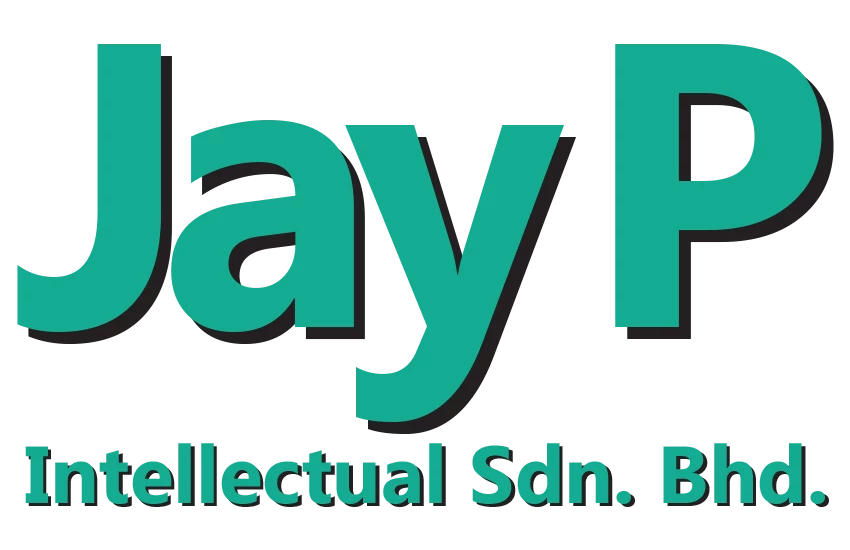The coronavirus, formally known as COVID-19 has swept the world as I am writing this. What a good time to write when most of us are practicing social distancing and work from home.
As businesses start to be affected by the new measures imposed by various governments such as cancellation of flights, cancellation of large crowd events and employees working from home, many business owners are starting to prepare for the worst. Most of them are changing business processes, cutting down cost, closing down outlets, etc. Many are skeptical and practice a look-and-see approach.
However, do you know that most companies are born during economic crisis? According to cfo.com, most of the Fortune 500 companies are born during recession or bear market. Microsoft, and Hewlett Packard are just a few of renowned companies born during the period of recession. Airbnb was born in 2008, when the founders turned their house into a bed-and-breakfast for attendees of an international design conference. More prominently, there was a high supply of empty properties and this was the perfect solution for that problem. Previously, nobody would have thought of converting their empty homes into bed-and-breakfast. Spotify was also born in 2008, whereby during the times when record sales was very bad, it was the perfect solution for music lovers and artists.
According to William Sahlman, a professor at Harvard Business School, “the best time to start a business is when it’s hard to start a business. You can make more progress and build a stronger position without being competed to death by well-funded competitors. Rents tend to be lower and high-quality talent is plentiful.”
An important point here is that not because the businesses were born during recession, but rather that innovative business models and inventions were born during bad times, where the normal processes and business models just slowed and stopped, which prompt many business owners to go back to the drawing board and re-evaluate their business models from scratch. Only during the times when resources are scarce, when blockbusters are born.
Here are some of the inventions created during the bad times. Dr James Naismith, a sport coach encouraged A.G. Spalding during the recession of 1893-96 to create a ball specifically designed for the game of basketball which the former invented in 1891.
Don’t take my words alone. According to Dr Francis Gurry, the Director General of the World Intellectual Property Organization (WIPO), “History has shown … that companies and countries which continue to invest in new products and innovation during times of economic recession will be those that will be best positioned to take advantage of the recovery, when it arrives.”
According to a Harvard Business Review article by Steve Prokesch, “Recession: The Mother of Inventions?”, he was astonished how a number of enterprises outperformed competitors by excelling in understanding and satisfying customers’ changing needs. Bad times is a good time to test your assumptions about customer needs, manage products and services for global markets, capitalize on strategic partnering, and reskilling your organization.
For some, genius struck after they lost their job. For others, the ideas come when they had a low-cost way to help other cash-strapped consumers.
Patents generally require 2-5 years to be granted. During normal times, when a company starts to file a patent when a product is launched, there is risk that infringement from others may occur while the patent is still pending. When a patent is not yet approved or granted, the applicant cannot start to enforce the patent because it may cause unnecessary damage claims if the patent is eventually not granted. The only method is for the applicant to notify the alleged infringer. The infringer may still sell the product freely.
In the scenario during recession, most companies are delaying or reducing their output due to low demand. Now would be the best time to build your patent portfolio by filing background patents and surround it with patent fences to increase the scope of protection and reduce possibilities of workarounds. Importantly, the patents are filed at the start of the recession while most competitors are holding back on their product launches. During the period, the applicants who build their IP portfolio (especially patents) will have more resources assigned to building the portfolio because they would have less production work due to the low orders. This is the best time to squeeze your team’s creative juice.
In the meantime, once the patents are filed, the applicant would have ample time to test the product, test the market for acceptance when the economy recovers. The scientists and engineers would have more time to perform R&D for new breakthroughs.
Based on historic trend, the economy is always cyclical. Once the economy rebounds, the companies which have a solid and robust patent portfolio and breakthrough product, can sprint while the competitors are only able to slowly crawl. They would have the first-mover advantages.
The main concern by companies is the perception that building a patent portfolio is costly while it is prudent to keep your expenditure low at difficult times. However, many do not know that there are many ways patent applications can be done at very optimized cost.
In summary, now is the best time for company owners to allocate their resources (time and money) to building their patent portfolio.
